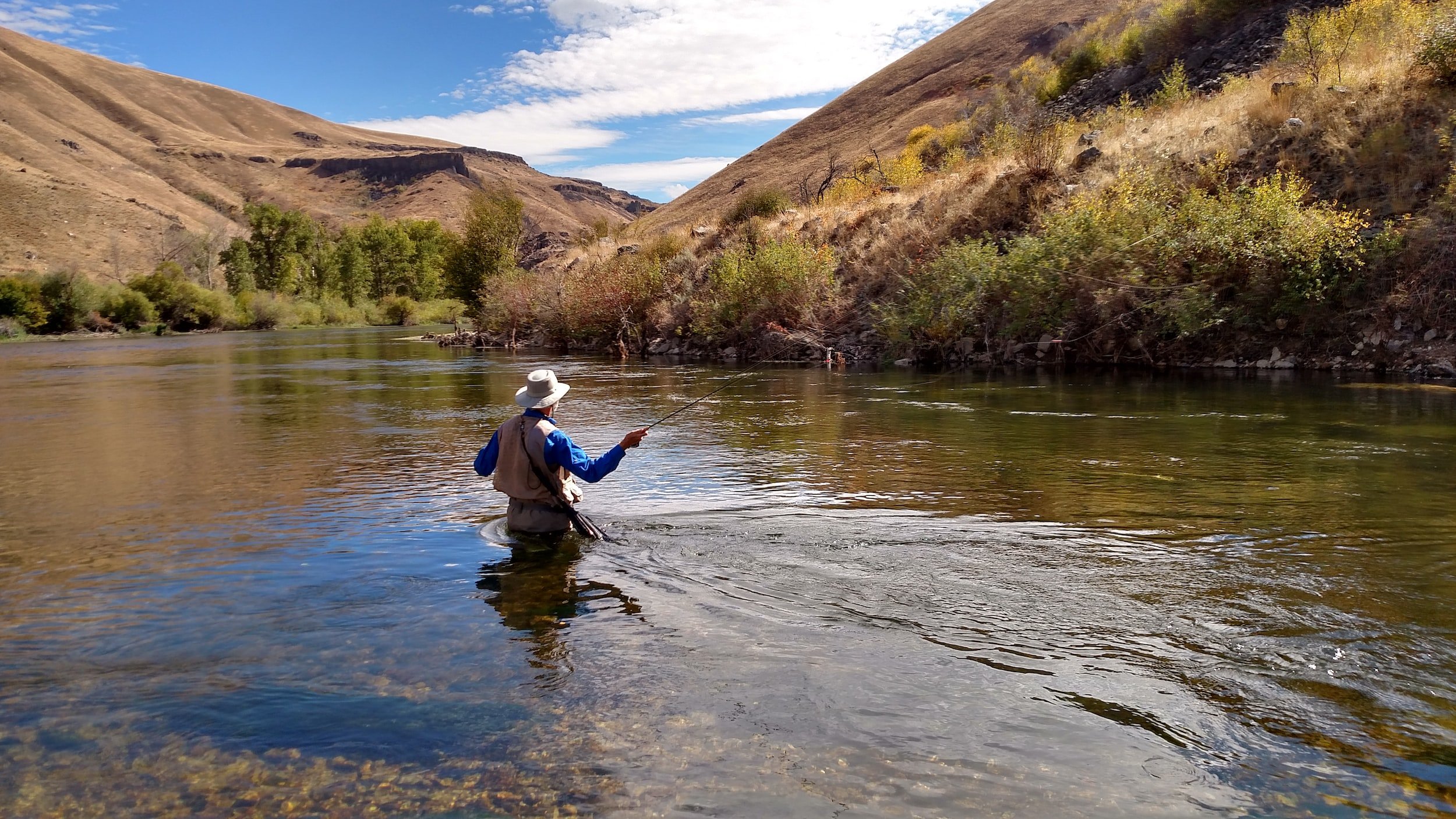Six Summer Tips for Fly Fishing Small Stream Trout
Catch more fish on small streams and rivers with these six tips to find success in the middle of summer
Match the Hatch: A hatch chart or fish stomach pump can really help to determine the current diet of the trout in the waters you fish. Selecting a fly pattern that matches up with the seasonal hatch can make for a successful day on the stream or river.
Learn the River or Stream’s Conditions: Take the temperature of the water to determine the level of the fish feeding activity. Trout feed best when the water temperature is between 45-65 degrees. The most productive flies are subsurface patterns used at lower temps and dry flies working at higher temperatures.
Be Stealthy: Move slowly as you approach the water you plan to fish. Move like a Ninja 😂 making use of your environment to conceal you as you get into position to cast. To reduce the chance of spooking fish holding in shallow water, stay close to the bank in a low, crouched position to prevent casting a shadow over the water. Remember, you’re the one chasing shadows!
Landing the Fish: Small streams or river streams are almost always surrounded with shrubs and trees, so it is important to think about how you'll set the hook. Before casting your fly into a hole, take a look around (above and behind you) and choose the direction you'll set the hook once the fish smokes your fly.
Releasing Your Catch: Reduce handling time for landed trout as much as possible, especially during warmer months when dissolved oxygen levels are probably low. Release the fish by holding them in the water with their head faced into the current, while cradling the fish gently until it swims away.

